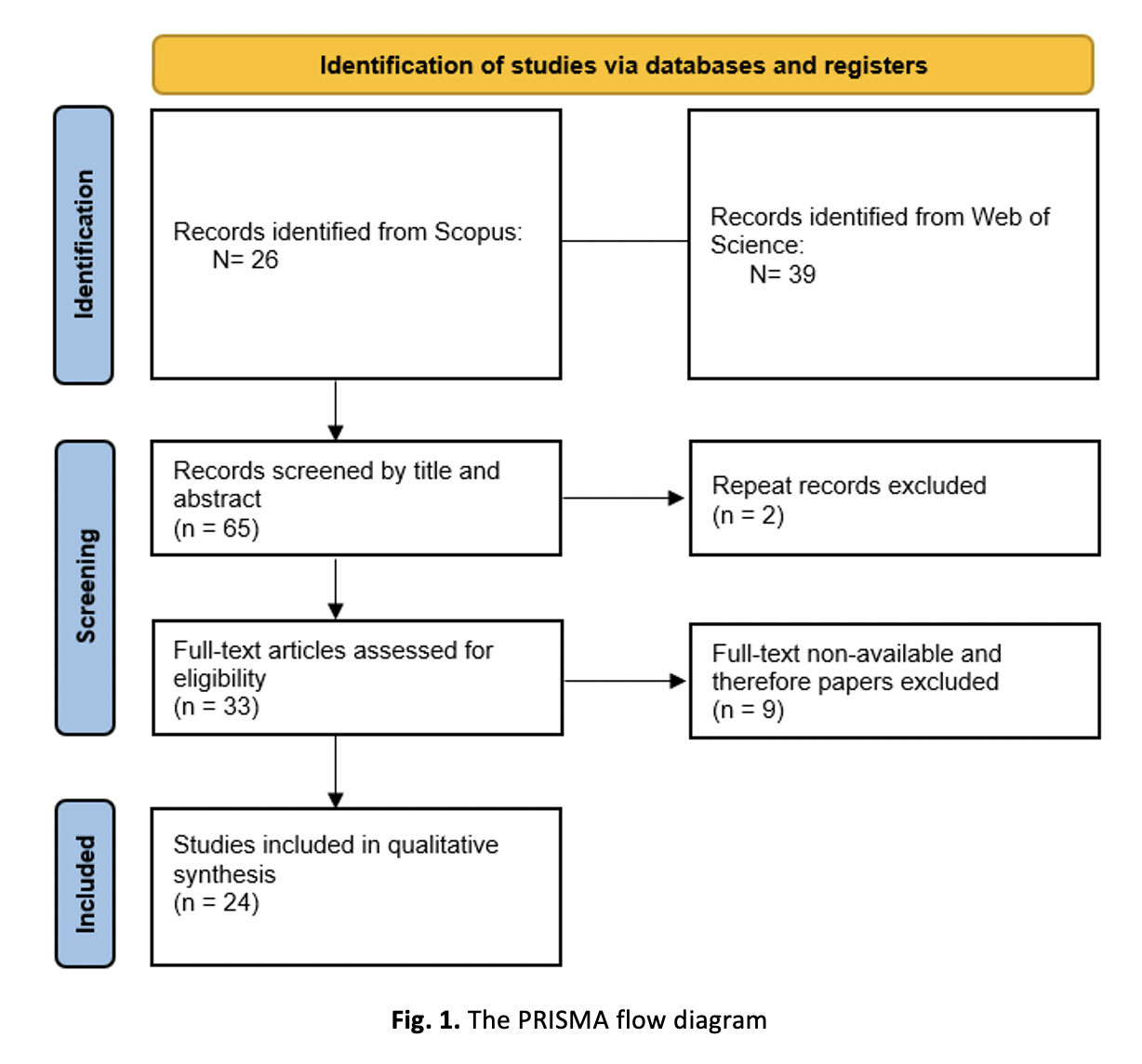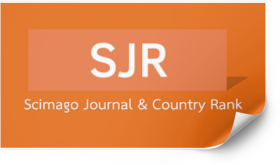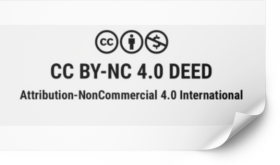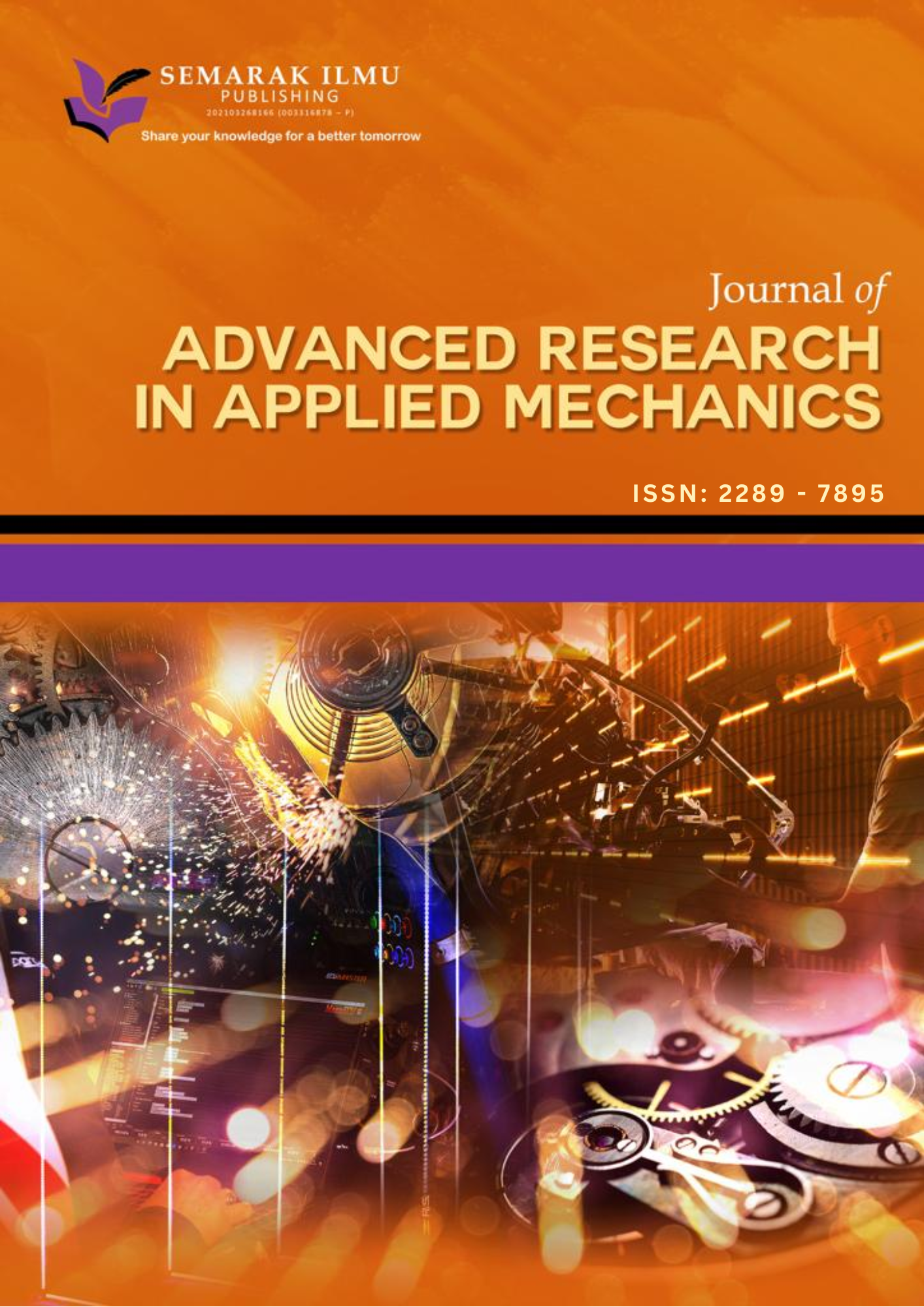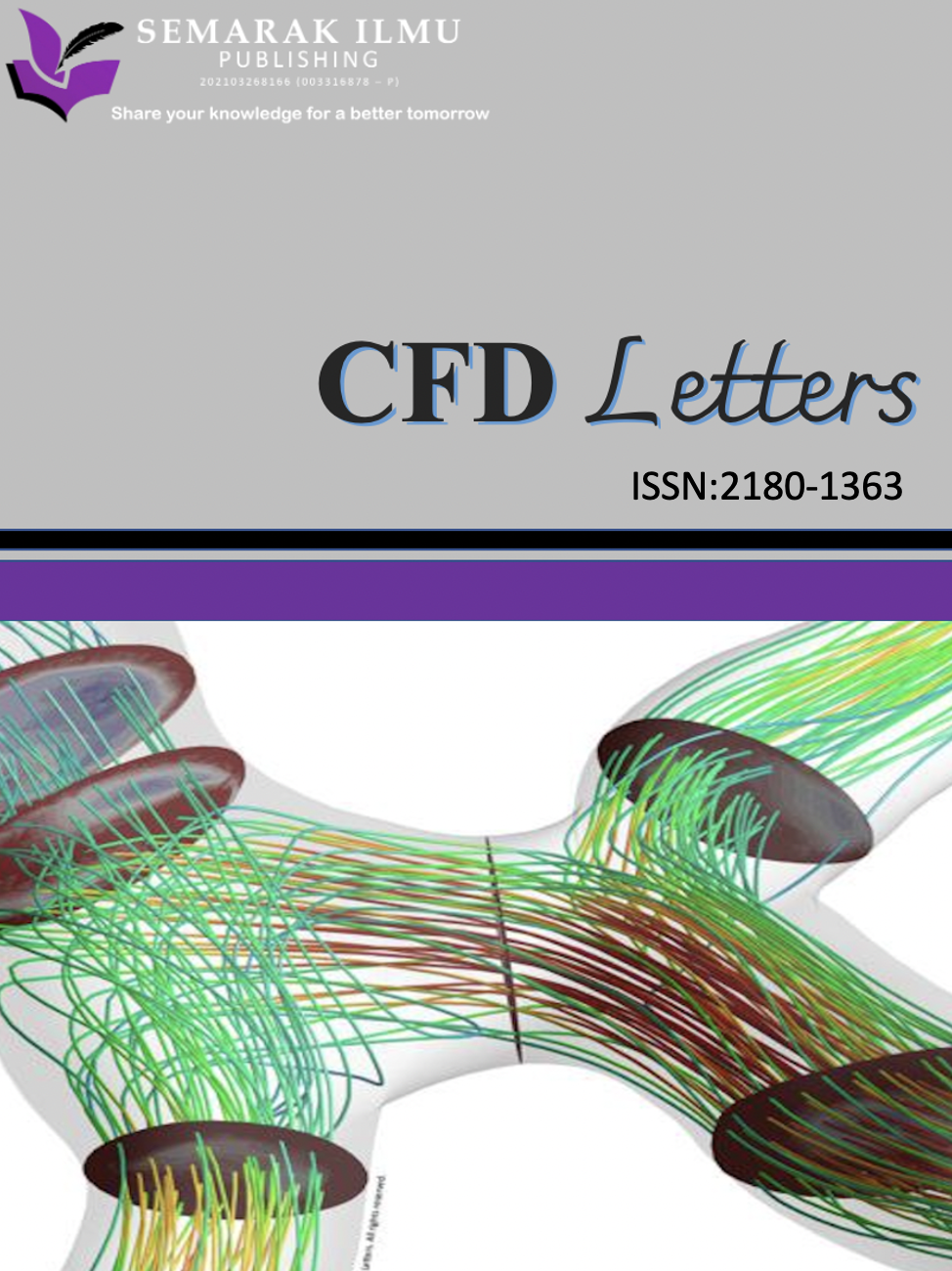The Integration of Building Information Modeling (BIM) in Fire Safety Evacuation Process
Keywords:
Building Information Modeling, Fire Safety Evacuation, Systematic Review, PRISMAAbstract
In recent years, the construction industry has been actively exploring the applications of Building Information Modelling (BIM) in various areas, including building disaster-prevention management. BIM provides a three-dimensional (3D) visualization of facility layouts and allows for the inclusion of objects and information related to disaster prevention. However, the traditional approach to obtaining approval for building plans still relies on two-dimensional representations, despite the growing demand for stricter controls in the construction industry in Malaysia since the 1980s, including fire safety. Past studies have explored the integration of BIM in evacuation planning, simulation, and analysis methods to improve overall fire safety outcomes. This paper presents a systematic literature review (SLR) conducted to gain insights into integrating BIM in fire safety evacuation processes. The review analyzed the approaches and techniques employed, the key findings, limitations, and recommendations for future works that could be utilized for future development in the Malaysian construction industry. The SLR identified 65 relevant BIM-fire safety evacuation case studies and examined the applied BIM-fire safety evacuation workflows in detail. Among the reviewed studies, 24 applied BIM during the early design stage. The paper highlights the process and outcomes of the SLR, shedding light on the challenges and opportunities in integrating BIM into fire safety evacuation processes. By leveraging BIM technology, stakeholders can improve coordination, enhance information sharing, and ensure better decision-making for the design, construction, and management of safer built environments. The findings of this review contribute to the body of knowledge on BIM integration in the fire safety evacuation process, subsequently assisting researchers, practitioners, and policymakers in creating safer built environments.
Downloads
